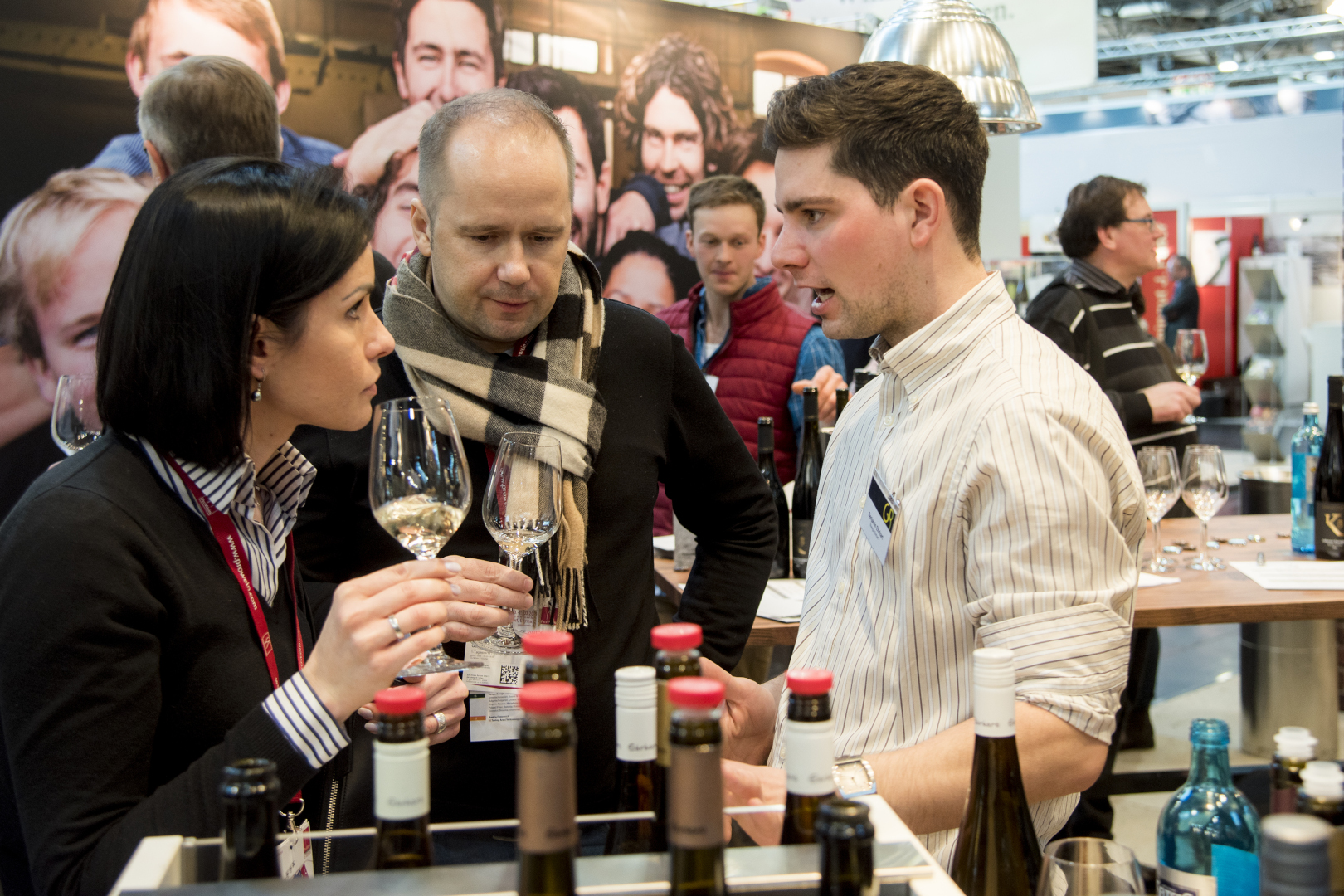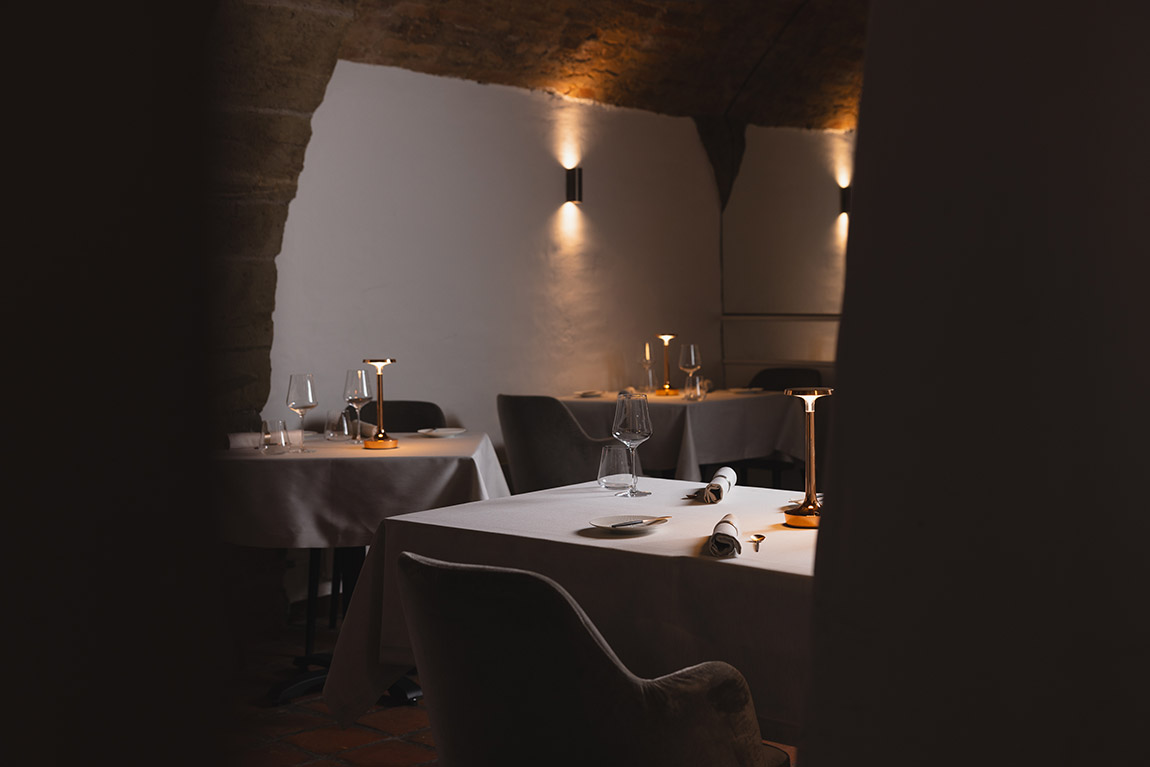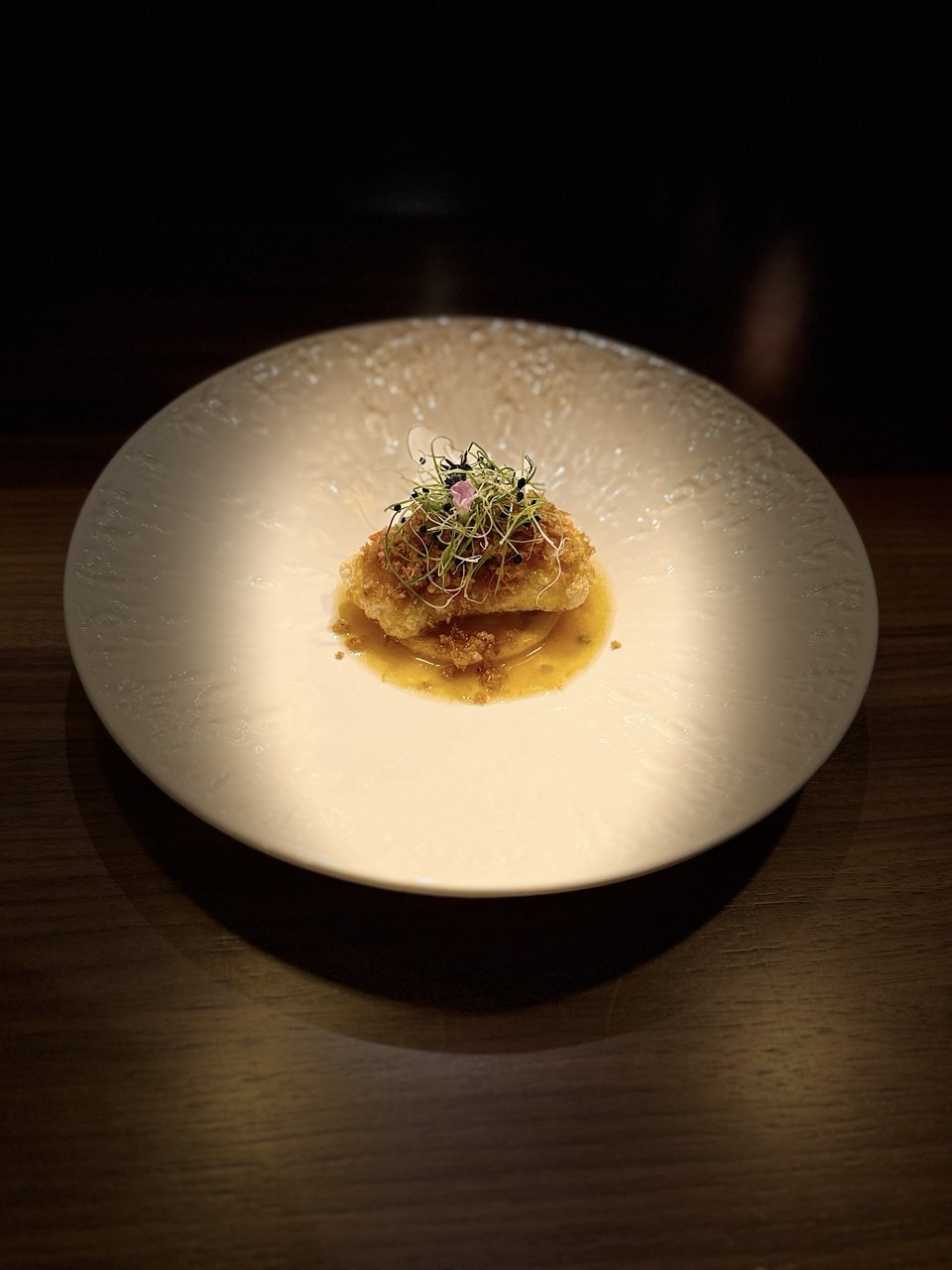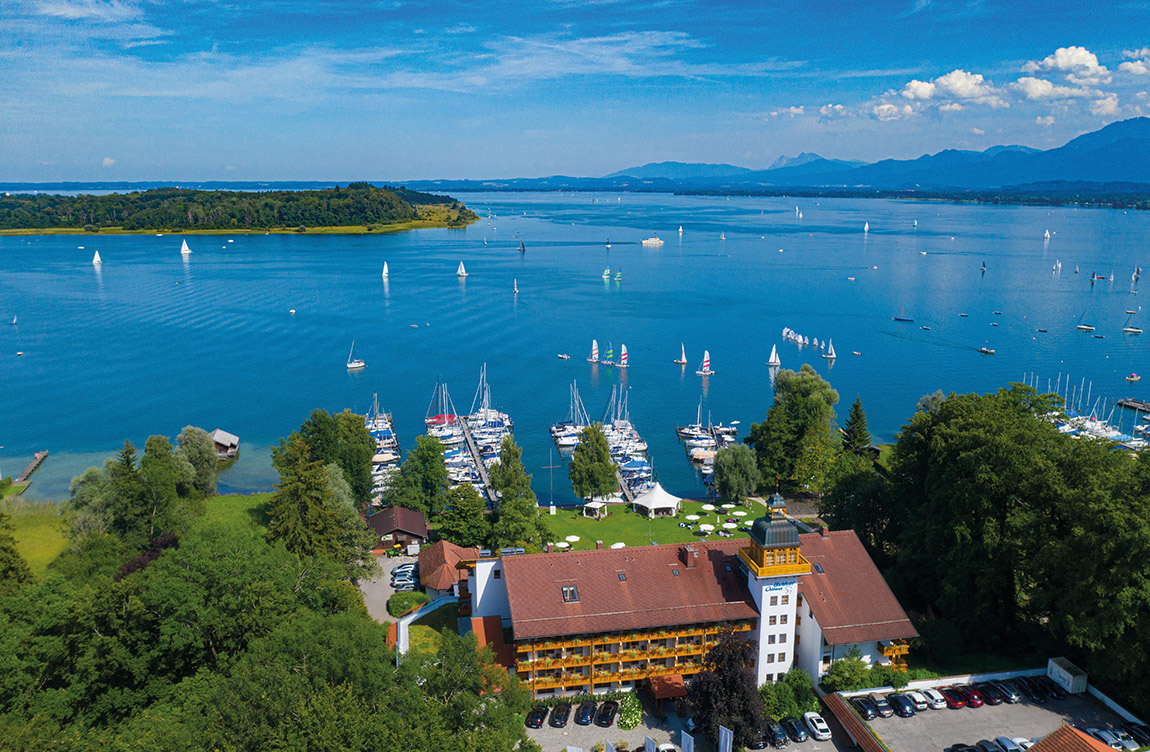Wine world Germany: Wines with a heritage

Germany is home to 13 wine-growing regions, each producing high-quality wines from an enormous variety of grapes. Unlike many other wine regions across the globe, places like Pfalz and Rheinhessen are capable of producing up to 100 different varieties.
Of course while the classics, such as Riesling and Pinot varieties (Burgunder), play the biggest role for the country, it is interesting to note that Germany has the world’s highest number of hectares under vine dedicated to Riesling and Pinot Blanc. It is ranked second in the world after Italy for production of Pinot Gris (known as Grauburgunder), and third for Pinot Noir (Spätburgunder). Climate change in recent years has also led to more international grape varieties such as Cabernet Sauvignon, Merlot, Syrah, Chardonnay and Sauvignon making their mark on the German wine landscape.
The European Union has recognised Germany’s 13 quality winemaking regions with a seal protecting the appellation of origin, certifying that wines bearing the name of a particular region are not just 100 per cent comprised of regional grapes, but also fulfil certain criteria in terms of quality. Having undergone stringent wine quality controls, each bottle is labelled with an official approval number, known in German as its AP number or Amtliche Prüfnummer, as well as having its quality level recorded on the label.

Natural, sustainable and light
There is an increasing appreciation amongst German wine drinkers for quality, regional specialities and authenticity – which goes hand in hand with the ever-growing trend in the German wine scene to keep the wine as untouched from human interference as possible. In fact, the demand for individual wines, fermented without temperature control, which really capture the intricacies of the terroir and the signature of the winemaker, is on the rise. For these types of wine, 2015 laid the perfect foundation.
When it comes to eating lighter, German wines are an ideal accompaniment to this trend. As these wines are cultivated in the northern areas of Europe’s wine-growing regions, the grapes’ maturing process is much slower, which enhances their aroma while keeping their alcohol content fairly low.
Wines with a future
Many of these developments are driven by Germany’s latest generation of well-educated and frequently internationally experienced winemakers (see www.generation-riesling.de). Employing sharp and contemporary marketing strategies right across the board from bottle design to events, the success comes as little surprise. And despite their own unique approaches, these young and innovative wine producers are keen to cooperate with each other, championing initiatives such as ‘Generation Riesling’ set up by Deutsches Weininstitut (DWI), i.e. Wines of Germany.
In a similar vein, Germany’s regional wines are also attracting more and more younger consumers, who are taking a liking to lively wines, trendy seccos or a glass of the hip ‘Blanc de Noir’, a wine sort primarily created by young wine producers. It is refreshing to see how wine is becoming a hot topic, with many approachable wine producers achieving ‘cult status’ amongst their fans. Countless bloggers and wine aficionados use the internet and social media channels to discuss matters like aging and quality, as well as sustainability and organic wine production, two issues that are gaining attention from both producers and consumers.

For more information of the wines of Germany, please visit:
German Wine Institute
Press Departement
Ernst Büscher, Nicole Stierstorfer, Pia Johannson
Phone: +49 (0)6135/9323-159
E-Mail: nst[at]deutscheweine(dot)de
Discover Germany’s best wineries at discovergermany.com
TEXT: GERMAN WINE INSTITUTE, TRANSLATION: EMMIE COLLINGE | PHOTOS: DEUTSCHES WEININSTITUT (DWI)
Subscribe to Our Newsletter
Receive our monthly newsletter by email





